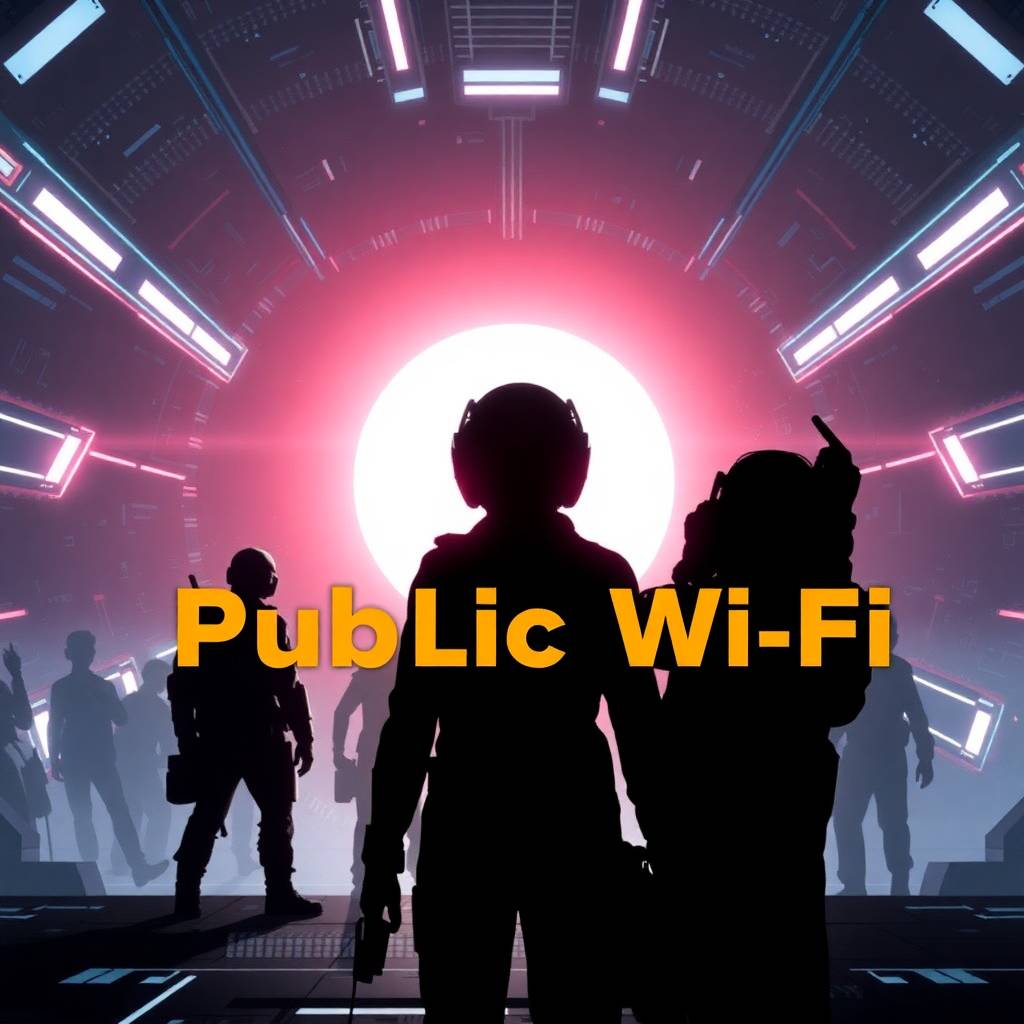The Hidden Dangers of Public Wi-Fi: How to Protect Your Data
Introduction
Public Wi-Fi has become an essential part of modern life, providing free internet access in coffee shops, schools, airports, hotels, and even public parks. However, while these networks offer convenience, they also pose significant security risks. Cybercriminals exploit these vulnerabilities of public Wi-Fi to intercept sensitive information, steal identities, and compromise personal and business data.
This article explores the hidden dangers of public Wi-Fi and provides actionable steps to protect yourself from cyber threats while using these networks.
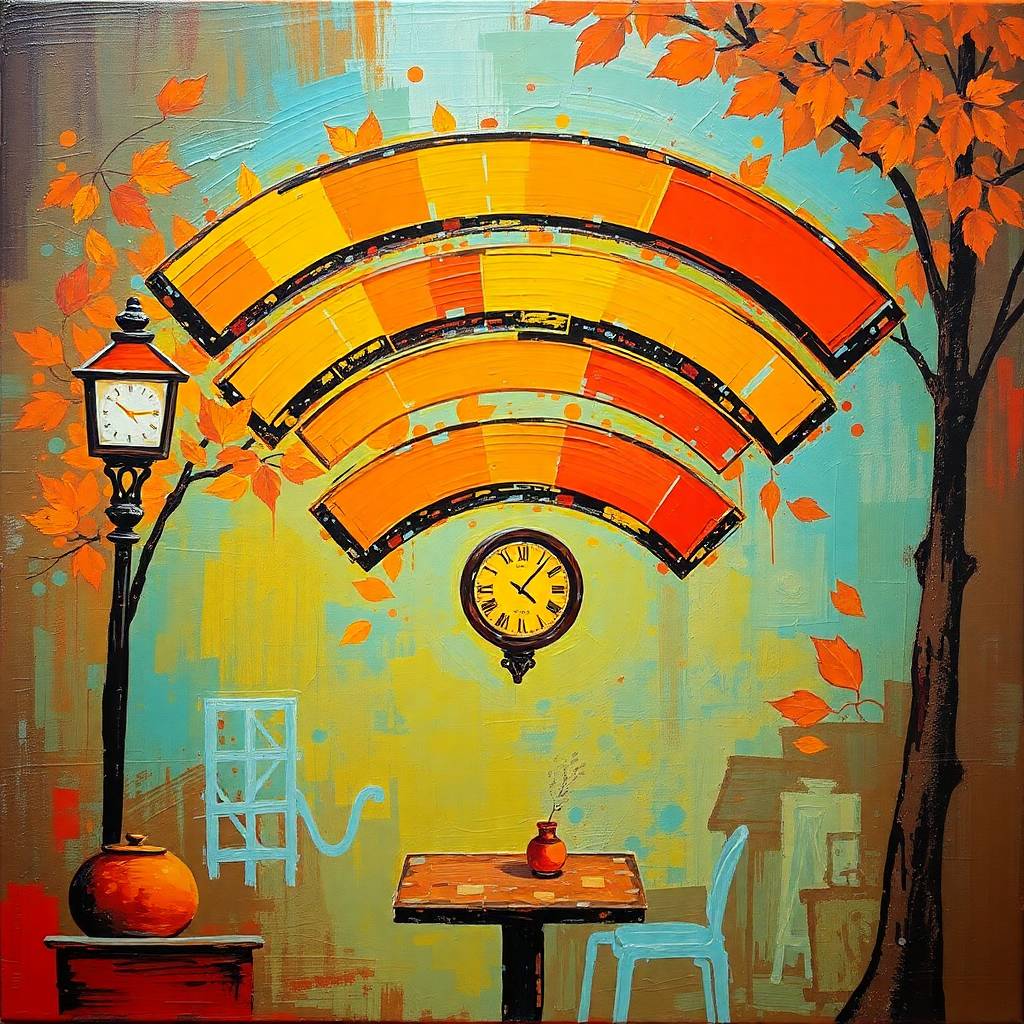 1. Understanding Public Wi-Fi and Its Risks
1. Understanding Public Wi-Fi and Its Risks
What is Public Wi-Fi?
Public Wi-Fi refers to wireless internet connections that are available for free or at a low cost in public locations. These networks are typically open, meaning they do not require authentication or encryption, making them prime targets for cybercriminals.
Common Risks of Public Wi-Fi
Public Wi-Fi networks come with several security threats, including:
- Man-in-the-Middle (MITM) Attacks – Hackers position themselves between your device and the network, intercepting sensitive data such as login credentials and financial details.
- Evil Twin Attacks – Cybercriminals create fake Wi-Fi networks with similar names to lure unsuspecting users into connecting, allowing them to steal data.
- Packet Sniffing – Attackers use specialized software to monitor and capture data transmitted over the network, exposing your private information.
- Session Hijacking – Hackers steal session cookies, granting them unauthorized access to accounts and online services.
- Malware Distribution – Some public networks may inject malware into connected devices, leading to potential data breaches or ransomware attacks.
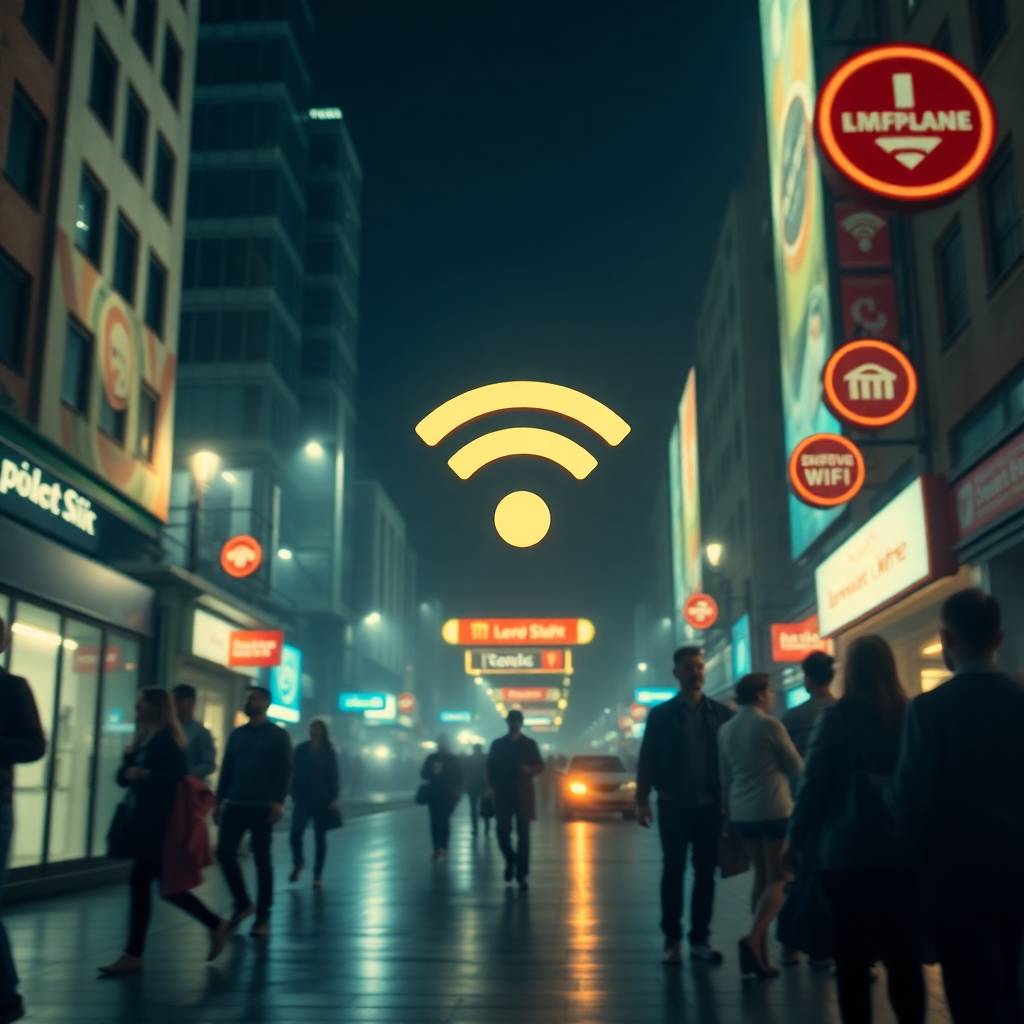 2. How Hackers Exploit Public Wi-Fi
2. How Hackers Exploit Public Wi-Fi
1. Fake Wi-Fi Networks (Evil Twin Attacks)
Hackers set up rogue hotspots with names similar to legitimate networks, such as “Starbucks_Free_WiFi” instead of “Starbucks_WiFi”. When users connect, hackers can monitor their activities, steal credentials, and redirect them to phishing sites.
2. Unencrypted Connections
Most public Wi-Fi networks lack proper encryption, meaning any data you send or receive can be intercepted. Without WPA2/WPA3 encryption, your login details, emails, and financial transactions are at risk.
3. Exploiting Outdated Software
Cybercriminals scan for devices with outdated software and security vulnerabilities. They then exploit these weaknesses to install malware or gain remote access to your system.
4. Data Interception via Packet Sniffing
Using tools like Wireshark, attackers can intercept and analyze data packets transmitted over an unsecured network, potentially exposing passwords and confidential data.
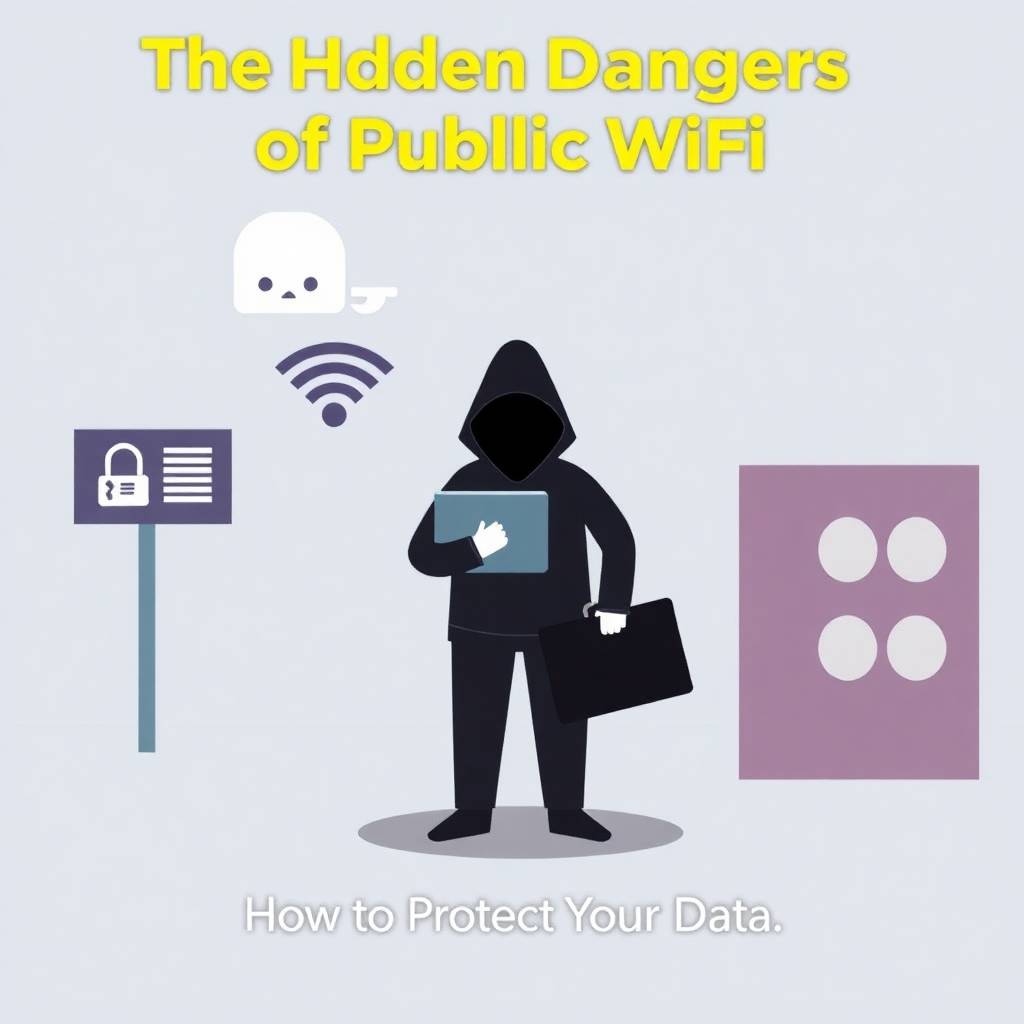 3. How to Protect Yourself on Public Wi-Fi
3. How to Protect Yourself on Public Wi-Fi
1. Use a VPN (Virtual Private Network)
A VPN encrypts your internet traffic, making it unreadable to hackers. Popular VPN services include NordVPN, ExpressVPN, and ProtonVPN.
2. Avoid Accessing Sensitive Accounts
Refrain from logging into online banking, email, or other sensitive accounts while on public Wi-Fi. Use mobile data instead for secure transactions.
3. Turn Off Automatic Wi-Fi Connections
Disable automatic connection to open Wi-Fi networks to prevent unintentional access to rogue hotspots.
4. Use HTTPS Websites
Ensure the websites you visit use HTTPS (Hypertext Transfer Protocol Secure) to encrypt data. Look for the padlock icon in the address bar.
5. Enable Two-Factor Authentication (2FA)
Adding an extra layer of security through 2FA helps protect accounts even if your credentials are compromised.
6. Keep Software and Devices Updated
Regularly update your operating system, browsers, and security applications to patch vulnerabilities that hackers exploit.
7. Turn Off File Sharing and Bluetooth
Disable file-sharing settings and Bluetooth to prevent unauthorized access to your device.
8. Use Mobile Hotspots Instead
Whenever possible, use your smartphone’s personal hotspot instead of public Wi-Fi to establish a secure internet connection.
9. Log Out After Each Session
Always log out from websites and applications after using public Wi-Fi to prevent session hijacking.
10. Verify Wi-Fi Networks with Staff
Before connecting, confirm the official network name with employees or staff to avoid falling victim to fake Wi-Fi networks.
 4. Best Security Tools to Stay Safe on Public Wi-Fi
4. Best Security Tools to Stay Safe on Public Wi-Fi
Here are some essential security tools to enhance your online safety:
- VPN Services: NordVPN, ExpressVPN, Surfshark
- Antivirus Software: Bitdefender, McAfee, Norton
- Password Managers: LastPass, Dashlane, Bitwarden
- Secure Browsers: Brave, Firefox, Tor
- HTTPS Enforcer Extensions: HTTPS Everywhere
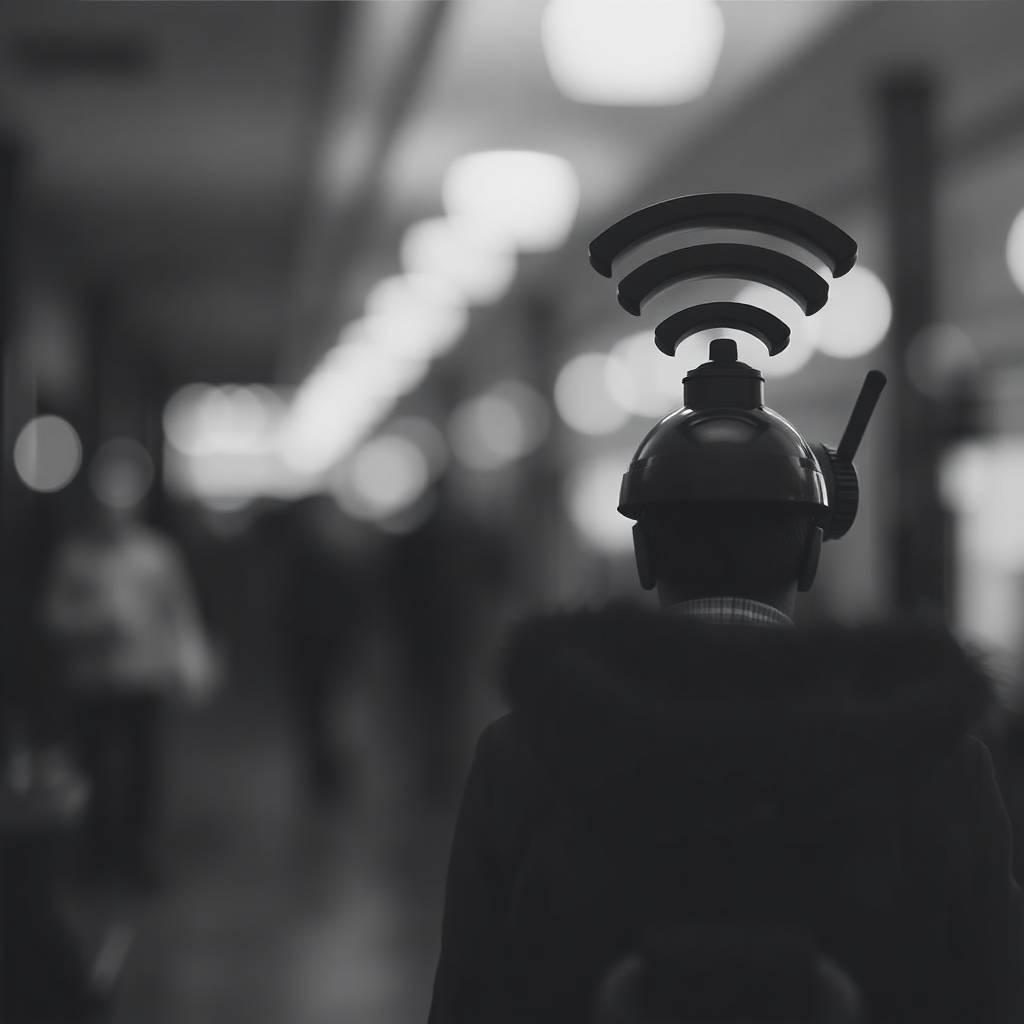 5. What to Do If You Think You’ve Been Hacked?
5. What to Do If You Think You’ve Been Hacked?
If you suspect that your data has been compromised on public Wi-Fi, follow these steps:
- Disconnect Immediately – Turn off Wi-Fi and switch to mobile data.
- Change Your Passwords – Update login credentials for all critical accounts.
- Enable Two-Factor Authentication – Add an extra security layer to important accounts.
- Scan for Malware – Use security software to check for any infections.
- Monitor Financial Transactions – Check your bank and credit card statements for unauthorized transactions.
- Report Suspicious Activity – Inform your bank, email provider, or IT security team about any breaches.
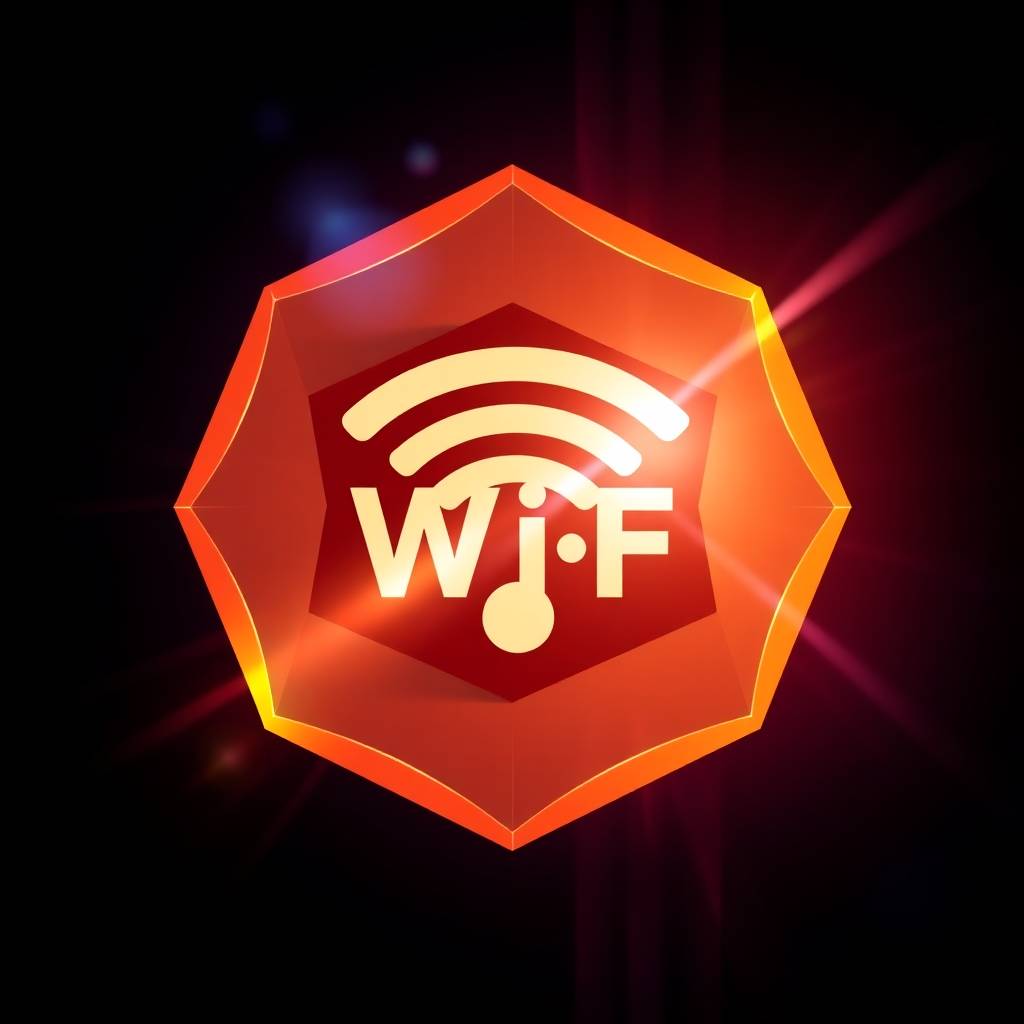 Conclusion
Conclusion
Public Wi-Fi offers convenience, but it comes with serious risks that can compromise your sensitive data. Understanding these threats and implementing robust security measures can protect you from cybercriminals. By using a VPN, avoiding sensitive transactions, enabling two-factor authentication, and keeping your devices updated, you can enjoy the benefits of public Wi-Fi while minimizing potential dangers.
Key Takeaways
✅ Public Wi-Fi networks are vulnerable to hacking attacks. ✅ Use a VPN to encrypt your data and stay safe. ✅ Avoid logging into sensitive accounts on public networks. ✅ Enable two-factor authentication and keep software updated. ✅ Always verify official Wi-Fi networks before connecting.
What’s Next?
- Subscribe to Creativelots.online for more cybersecurity tips.
- Share your experience with public Wi-Fi security in the comments.
- Follow us for updates on digital safety and tech trends.
Have you ever faced a security issue while using public Wi-Fi? Let us know your story!
